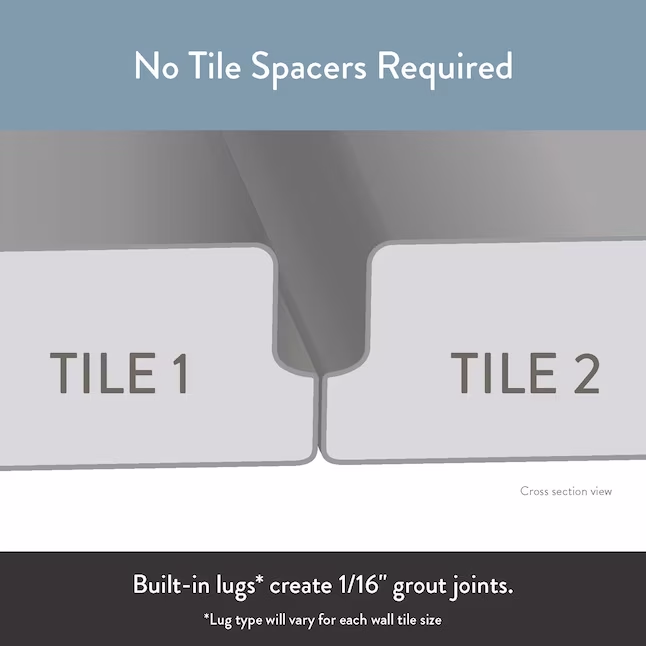A Hidden Design Defect Leading to Grout Failures
In multi-family projects worldwide, a popular type of glazed wall tile is causing significant issues that continue to go largely unaddressed. These tiles, designed with a continuous lug (built-in spacer), are convenient for installers but can cause major performance problems if not handled correctly.

The issue arises when grout—especially calcium aluminate grout—is used without proper preparation. The tiles’ ultra-porous backs require careful hydration of the joints before grouting, otherwise, the grout will not cure properly. This leads to a failure in the grout’s performance, affecting both the aesthetics and durability of the installation.
Despite being a known issue in the industry, this design flaw persists. Grouting the tiles without adequately wetting the joints causes the grout to remain uncured, leading to cracks, discoloration, and even water infiltration. The solution is simple: ensure the joints are hydrated before grouting or add a 1/16” spacer to achieve full grout joint depth.
The larger problem, however, is that these tiles continue to be sold without sufficient warnings or fixes for this defect. ANSI specifications are not being met due to the poor grout adhesion, yet this continues to go largely uncorrected by manufacturers. Porcelain tiles don’t share the same issues, so specifying the right materials is critical.
